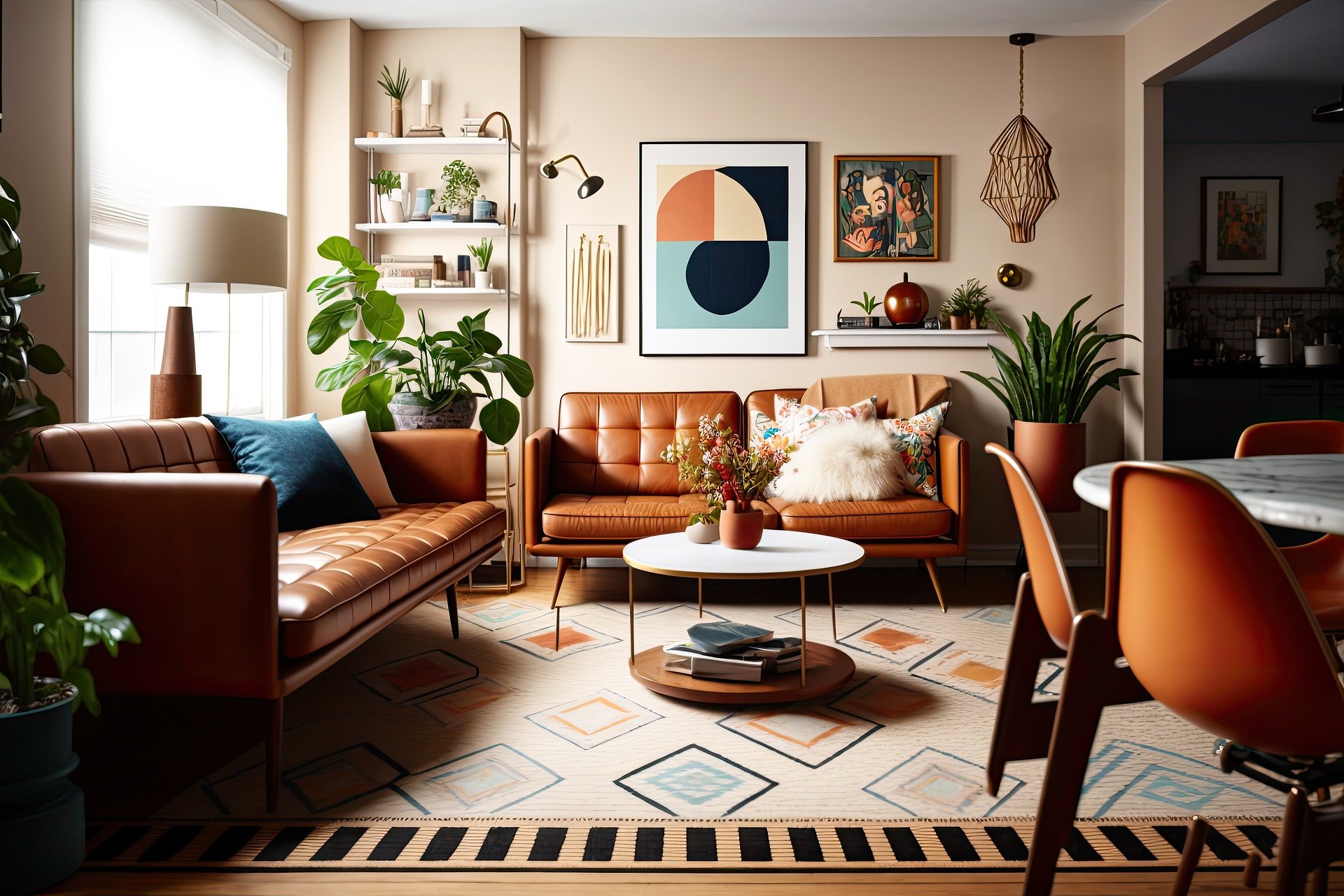Designing an Ideal Living Room: Style & Comfort Guide
Transform your living room into a comfortable, stylish hub with practical design tips. This guide covers essential living room design principles—focal points, layered lighting, furniture layout, décor strategies, color schemes and budget ranges—to help you create a space that fits your lifestyle. Learn how to plan traffic flow, craft conversation areas, pick textiles and plants, and estimate furnishing costs for entry-level to premium options.

Mastering Core Design Concepts
A successful living room begins with a clear design strategy. Identify a focal point—such as a fireplace, a large window, or a media wall—and arrange the room around it. Layer lighting by combining ambient light (overhead fixtures), task lighting (reading lamps, sconces), and accent lighting (spotlights, uplights) to add depth and flexibility. Keep circulation in mind: leave unobstructed pathways so people can move through the space naturally. Aim for visual balance by mixing heights, textures, and weights of objects so the room feels cohesive rather than chaotic.
Personalizing Through Thoughtful Decor
Decor is where personality meets practicality. Bring warmth and texture with layered textiles: curtains, throw pillows, and an area rug can instantly soften and define a room. Choose wall art and accessories that reflect your taste while sticking to a unified color palette. When grouping objects, use odd-numbered arrangements and vary sizes and heights to create dynamic vignettes. Introduce plants to bring life and a touch of nature into the room—houseplants also help improve air quality and atmosphere.
Optimizing Layout and Space Use
Plan your layout around how the room will be used—conversation, TV viewing, reading, or a mix of activities—and arrange furniture accordingly. For conversational setups, position seating to face one another and keep pieces within roughly 8 feet to encourage interaction. In larger living rooms, create distinct zones (a media corner, a reading nook, a seating area) while maintaining visual unity through consistent materials, colors, or decorative themes. Always consider sightlines and traffic flow so zones feel connected but functional.
Furniture and Decorating Budget Guide
Costs vary by quality, materials, and brand. Typical price ranges to expect:
-
Sofa: Entry $500–$1,000 Mid-range $1,500–$3,000 Premium $3,500+ -
Accent chair: Entry $200–$400 Mid-range $600–$1,200 Premium $1,500+ -
Coffee table: Entry $150–$300 Mid-range $400–$800 Premium $1,000+ -
Area rug (8x10): Entry $200–$400 Mid-range $700–$1,500 Premium $2,000+
These figures are estimates based on current market information and will change over time. It’s wise to research independently and compare options before committing to purchases.
Crafting a Cohesive Color Scheme
A practical rule for color balance is the 60-30-10 formula: 60% for the dominant color (walls or large furniture), 30% for secondary tones (accent furniture or larger textiles), and 10% for accent hues (decor, pillows, artwork). Select colors that suit your architecture and desired mood—cool palettes promote calm, while warm tones create energy and sociability. Always factor in natural light and how colors shift throughout the day.
Putting It All Together
The best living rooms marry usefulness with beauty. Take time to plan focal points, lighting, traffic patterns, and furniture placement, and add decor elements that personalize the space. Budget thoughtfully and choose materials and colors that will adapt as your needs and tastes evolve. Great living rooms are not finished overnight—they develop and improve over time as you fine-tune what works for your lifestyle.






